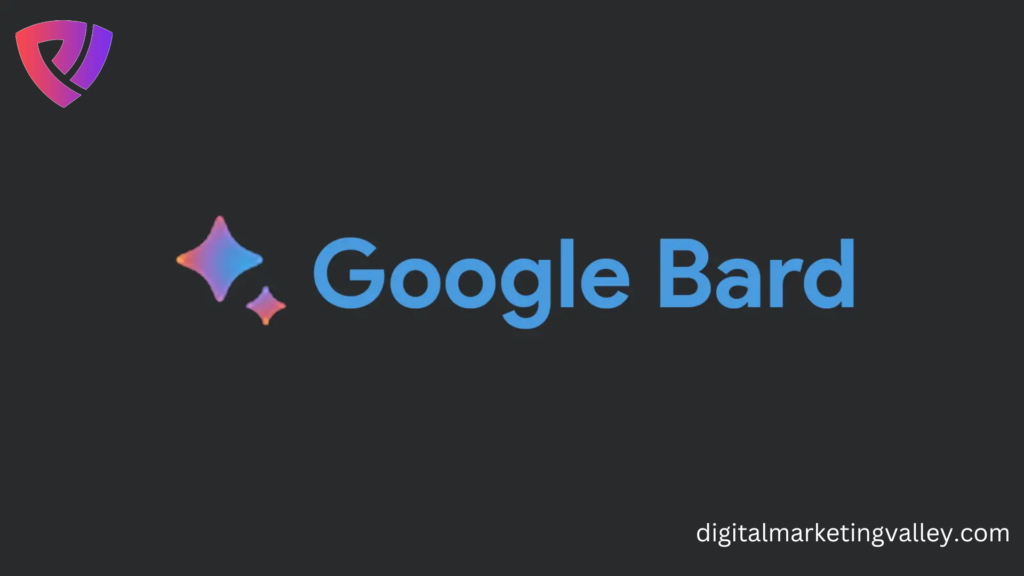What is Google Bard? Understanding the Latest Algorithm Update
Google’s algorithm updates are always a hot topic among SEO professionals and website owners. In 2021, Google introduced a new algorithm update called Google Bard, which focuses on user experience and aims to improve how websites load on mobile devices. This article will examine what Google Bard is, why it matters, and how it may affect your website’s search rankings.
Table of Contents
ToggleWhat is Google Bard?
Google Bard is a new algorithm update that improves user experience by providing better page loading speeds and site stability on mobile devices. Bard stands for “Browser Architecture Recommendation”, designed to enhance the mobile web experience for users.
In the past, Google’s algorithm updates have focused on factors like content relevance, page authority, and backlinks. However, with the increase in mobile usage, it’s become essential to prioritize the user experience on mobile devices. Google Bard aims to do just that by focusing on four key elements: core web vitals, mobile-friendliness, safe browsing, and HTTPS security.
Why is Google Bard important?
Having a good ranking on search engine results pages (SERPs) is crucial for the success of your website, and Google plays a vital role in this. Google prioritizes websites that offer a positive user experience, aiming to provide users with the best possible experience. Therefore, it is essential to focus on improving the user experience on your website to enhance your chances of ranking well on SERPs.
Additionally, mobile usage has surpassed desktop usage in recent years, making it crucial for websites to prioritize mobile optimization. Google Bard reflects this shift in priorities and emphasizes the importance of mobile optimization for website owners.
The Key Elements of Google Bard
Let’s take a closer look at the key elements of Google Bard and what they mean for your website.
Core Web Vitals
Core Web Vitals consist of several metrics that evaluate fundamental aspects of website performance, such as loading speed, interactivity, and visual stability. Some of these metrics encompass the Largest Contentful Paint (LCP), First Input Delay (FID), and Cumulative Layout Shift (CLS).
Google considers these metrics essential in determining a website’s overall user experience. Websites that provide a better user experience by meeting or exceeding these metrics are more likely to rank on search engine results pages.
Mobile-Friendliness
Mobile-friendliness has been a ranking factor for a while, but it’s become even more critical with Google Bard. With more users accessing the web via mobile devices, websites optimized for mobile have a distinct advantage over those not.
Mobile optimization includes:
- Using responsive design.
- Optimizing images and videos for mobile.
- Ensuring users have a smooth and consistent experience, regardless of their device.
Safe Browsing
Google’s Safe Browsing initiative protects users from malicious websites and downloads. Websites flagged as unsafe by Google may see their search rankings suffer.
Ensure your website is safe, avoid being flagged for malware or phishing, and consistently monitor for security issues.
HTTPS Security
The Hypertext Transfer Protocol Secure (HTTPS) is an internet communication protocol especially developed for safe and secure data transmission. Websites that use HTTPS encrypt data to protect users’ privacy and security.
Google Bard prioritizes HTTPS security, and websites that use HTTPS may see a ranking boost over those that don’t.
How Google Bard Affects Your Website
Google Bard can affect your website in several ways, including:
Improved User Experience
Google Bard focuses on improving the user experience by prioritizing page speed and mobile optimization. Websites that meet or exceed the core web vitals metrics are likely to provide a good user experience, resulting in higher engagement and conversion rates.
Better Search Rankings
Google Bard prioritizes websites that offer a superior user experience. As such, websites that meet or exceed the core web vitals metrics, are mobile-friendly, and use HTTPS security are more likely to rank higher on search engine results pages.
How to Optimize Your Website for Google Bard
To optimize your website for Google Bard, you’ll need to focus on the key elements we discussed earlier. Consider these suggestions for enhancing your website’s performance:
Improve Core Web Vitals
Enhancing your website’s core web vitals, streamlining page speed, minimizing server response time, and reducing layout shifts can significantly improve user experience. You can use different tools, such as Google PageSpeed Insights, to identify areas of your website that require optimization. By analyzing your website’s performance with these tools, you can gain valuable insights into improving its speed, usability, and functionality.
Ensure Mobile-Friendliness
Make sure your website is mobile-friendly by using responsive design, optimizing images and videos for mobile, and ensuring a seamless user experience across all devices.
Use HTTPS Security
Ensure your website uses HTTPS security to encrypt data and protect users’ privacy and security.
Avoid Unsafe Browsing
Regularly monitor your website for security issues and ensure it doesn’t get flagged for malware or phishing.
Conclusion
Google Bard is a new algorithm update that prioritizes the user experience on mobile devices. By focusing on critical elements like core web vitals, mobile-friendliness, safe browsing, and HTTPS security, Google Bard aims to provide users with a better mobile web experience. To optimize your website for Google Bard, improve your core web vitals, ensure mobile-friendliness, use HTTPS security, and avoid unsafe browsing.
Handpicked Related Article: Best Social Media Management Software of 2023
FAQs
The fundamental aspects of website performance, such as loading speed, interactivity, and visual stability, are measured by Core Web Vitals.
You can use tools like Google PageSpeed Insights or Google Search Console to check your website’s core web vitals.
Google Bard primarily focuses on improving the mobile web experience but may also affect desktop rankings.
While HTTPS primarily protects sensitive data, Google Bard prioritizes HTTPS security for all websites.
If your website isn’t mobile-friendly, you may see a decrease in search rankings and user engagement. Focus on optimizing your website for mobile to improve the user experience.
Latest Articles






